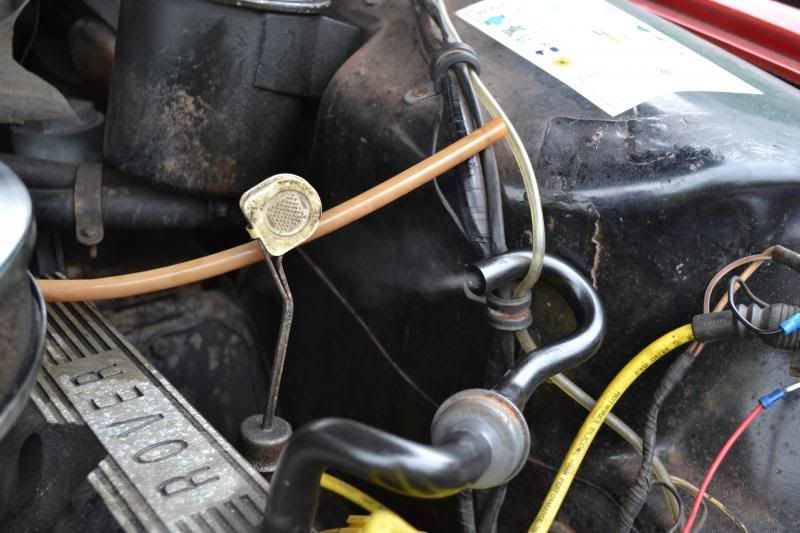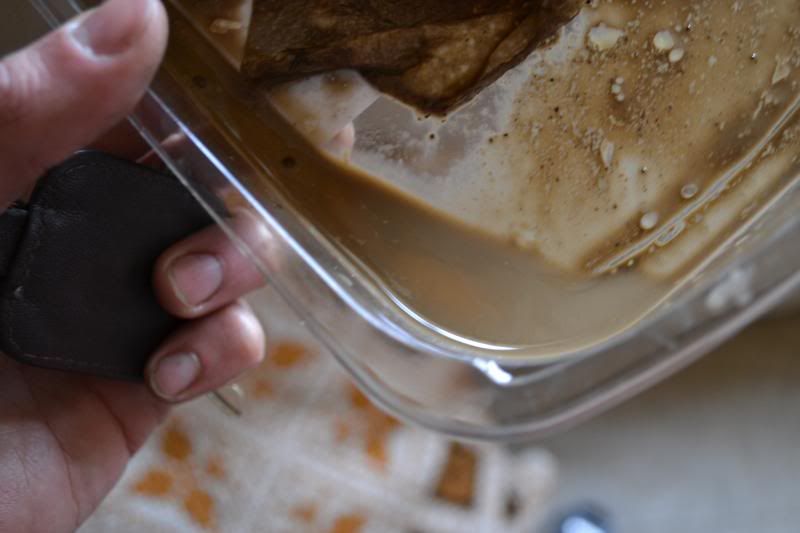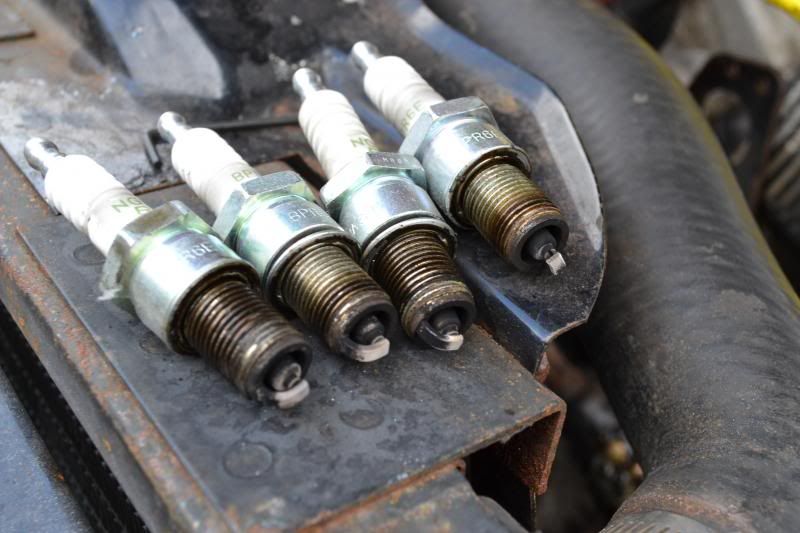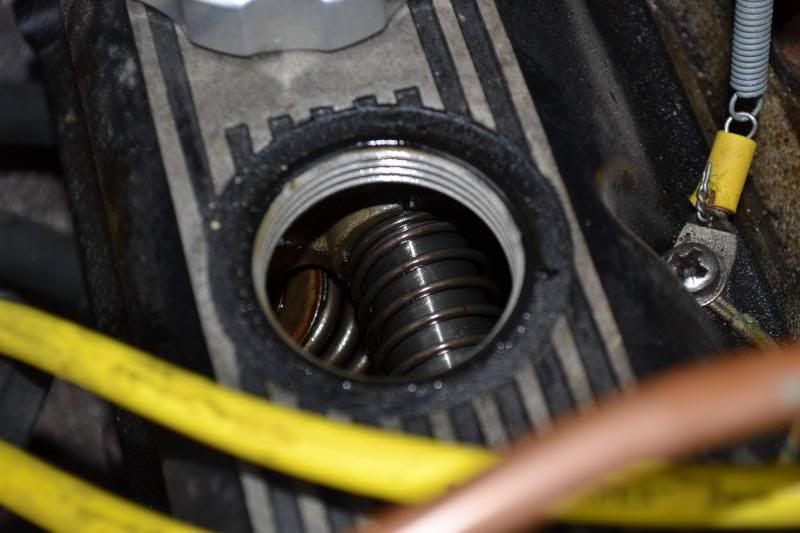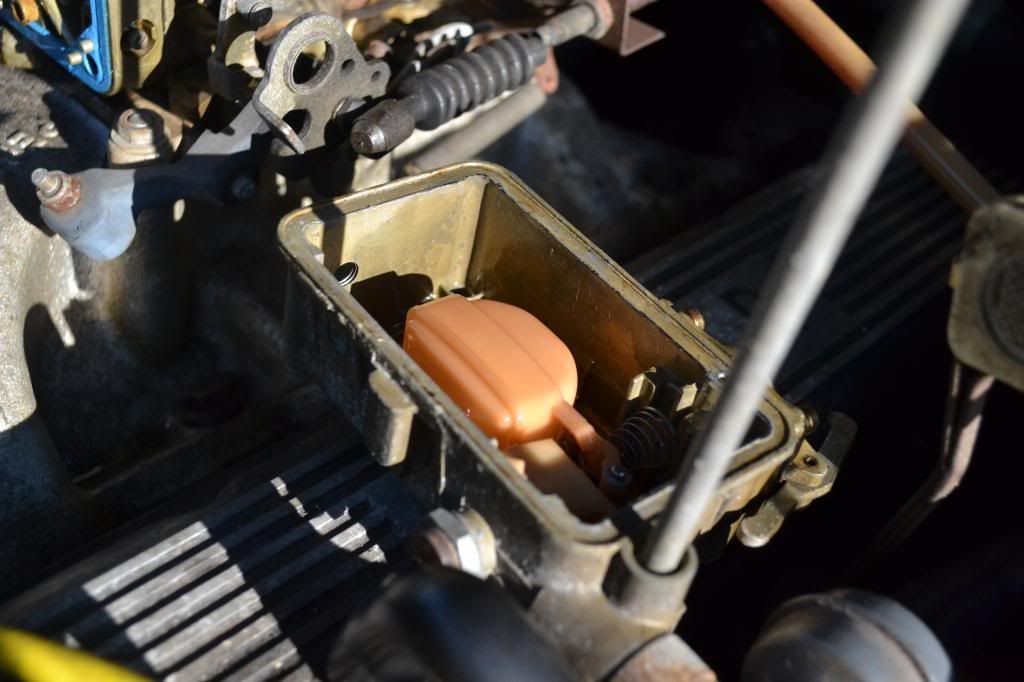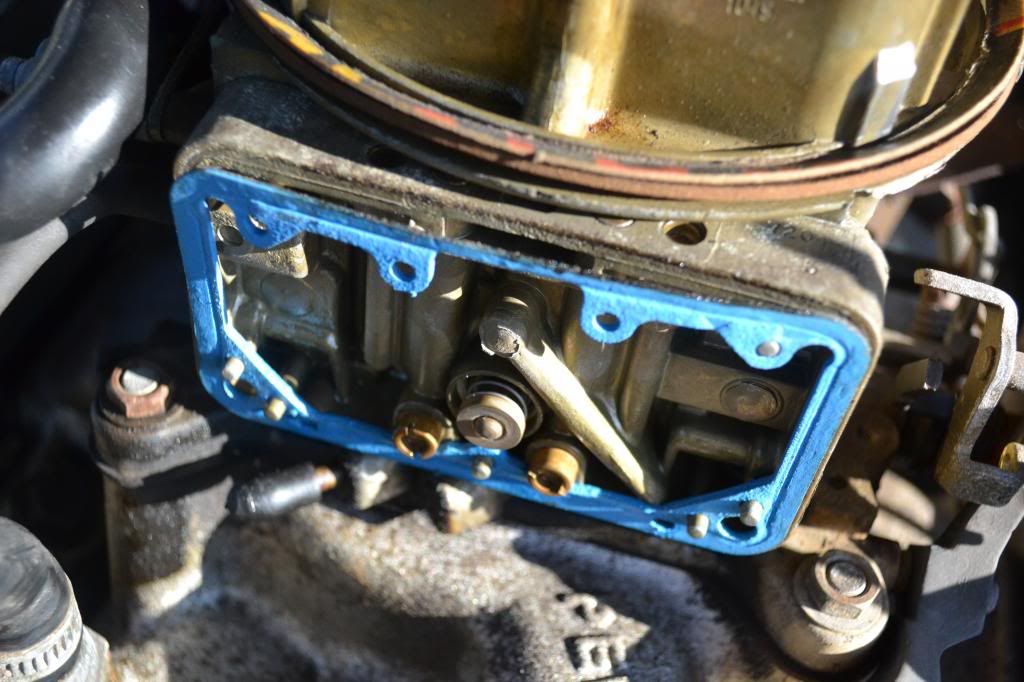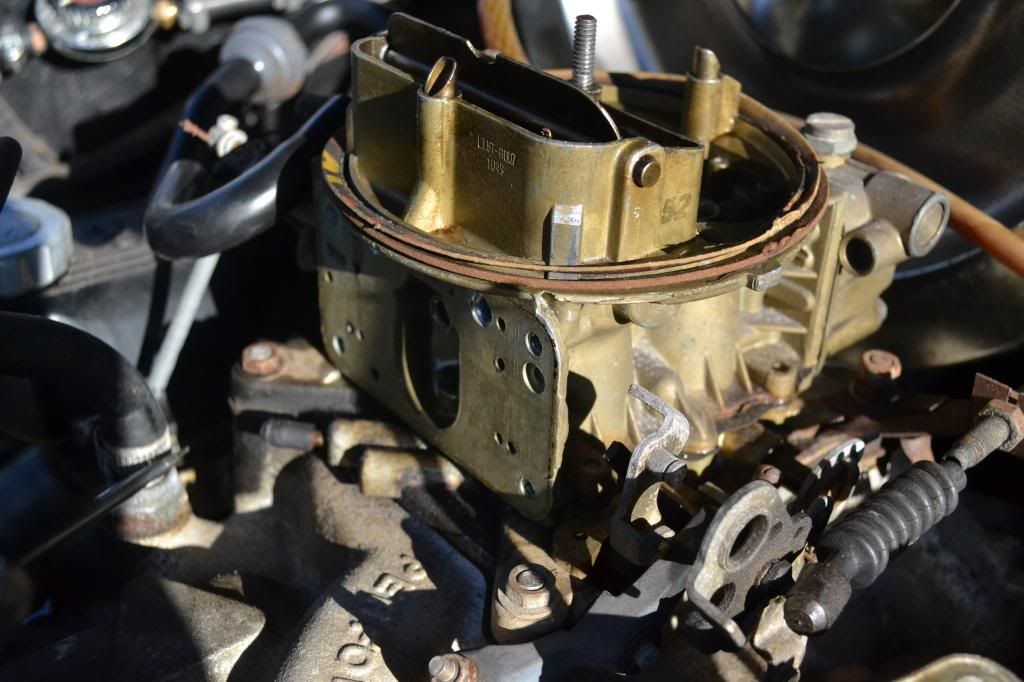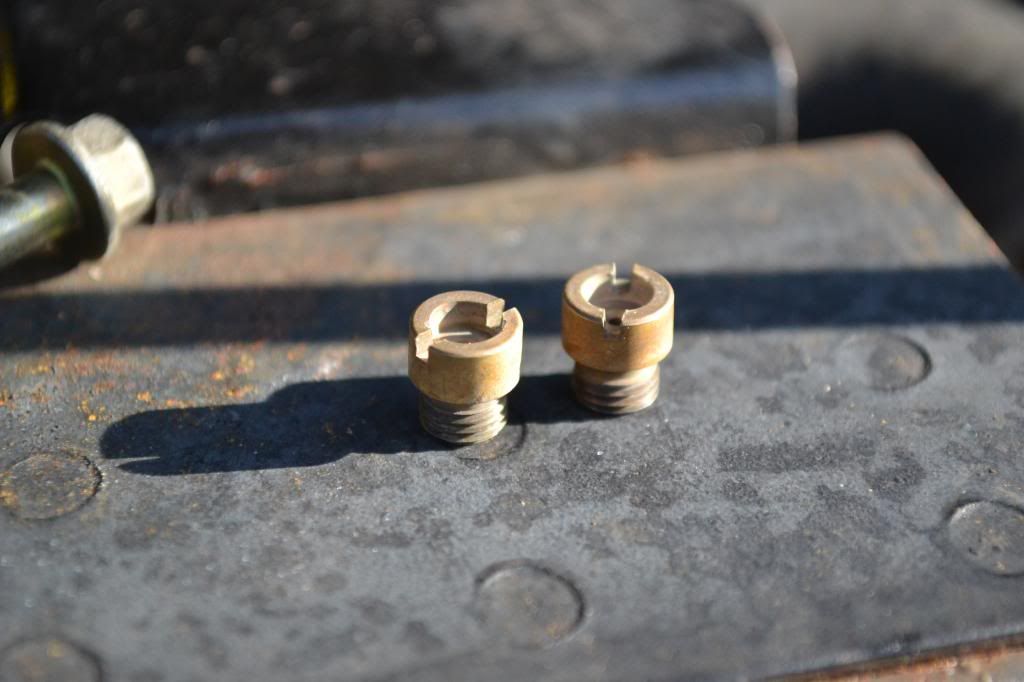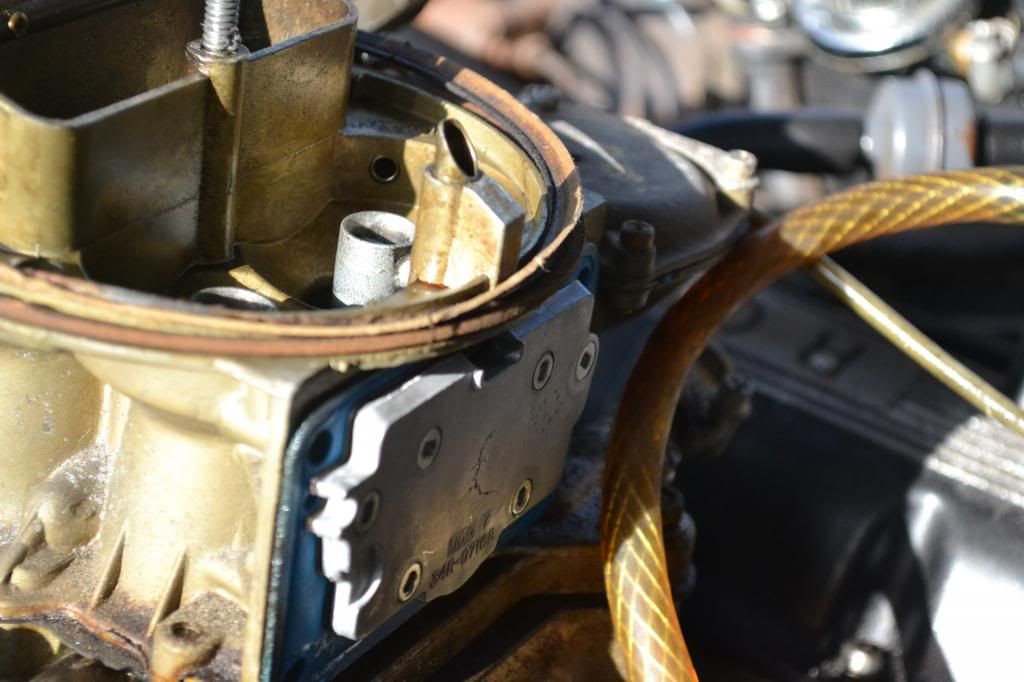Tofufi
Member
Hi all,
In the last week, I've been having issues with my P6B.
It's a 3500 with a Holley 390 carb, edelbrock manifold and Mallory dual point distributor.
Parked it up after a run of about 10 miles, upon which it was running fine.
Went to start it a couple of days later (following some heavy rain) and it won't start. A week later, it still won't go. It won't even cough or backfire.
Things I've checked so far:
The king lead gives a good strong spark from it to the engine casing.
Using a spare plug shows the plugs are getting sparks, although I'm not sure how strong they are.
Fuel is getting to the carb and is squirted down the inlet neck as I'd expect, and cranking it for long enough gives a fuel smell to the exhaust.
I've not altered the ignition timing, so I'd be surprised if this had suddenly jumped...
Any thoughts before I pull my hair out? It's not previously had this sort of trouble ever in the 3 years I've owned it...
Thanks in advance
In the last week, I've been having issues with my P6B.
It's a 3500 with a Holley 390 carb, edelbrock manifold and Mallory dual point distributor.
Parked it up after a run of about 10 miles, upon which it was running fine.
Went to start it a couple of days later (following some heavy rain) and it won't start. A week later, it still won't go. It won't even cough or backfire.
Things I've checked so far:
The king lead gives a good strong spark from it to the engine casing.
Using a spare plug shows the plugs are getting sparks, although I'm not sure how strong they are.
Fuel is getting to the carb and is squirted down the inlet neck as I'd expect, and cranking it for long enough gives a fuel smell to the exhaust.
I've not altered the ignition timing, so I'd be surprised if this had suddenly jumped...
Any thoughts before I pull my hair out? It's not previously had this sort of trouble ever in the 3 years I've owned it...
Thanks in advance



